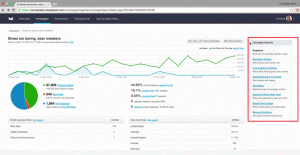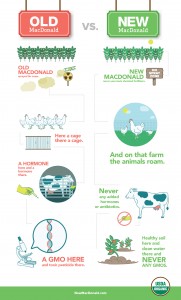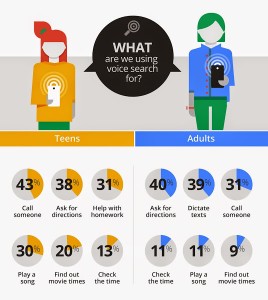
When it comes to talking about what I do, one of my biggest problems is having the tendency to “data dump,” or give way too much information about my company and its services. What’s more, I do it way too soon… often, before the people to whom I’m speaking are even qualified as prospects.
I’m getting much better at not data dumping, but I still have to actively put the mental brakes on my brain (and mouth).
Besides annoying others from an over-abundant love for what I do, my eager-beaver attitude can have a very unintended side-effect: It stymies conversation. This hurts me because I don’t have as much of an opportunity to find out about the other person’s wants or needs.
Here’s the thing: This kind of thing happens every day, in electronic form, on LinkedIn, Twitter, etc. I see people who want to be great at Social Selling, but instead are spinning their wheels, wasting precious time and burning through prospects. Even worse, they don’t know why their efforts aren’t working!
Why?
Most likely, their Social Selling isn’t working because they haven’t given their prospects any reason to care about them.
Here are the three major mistakes many sales professionals make when Social Selling:
1. A boring (or even repelling) Headline. Besides your name, one of the most prominent items of your profile a prospect sees is your Headline. If your Headline doesn’t speak to their needs, they probably won’t bother reading anything else in your Profile, and you’ve lost a “suspect” (potential prospect).
An oft-quoted statistic is that you have three seconds to “sell” someone in reading through your Profile. If your Headline promotes only you and not what you can do for clients, you’ve lost the battle in less than three seconds.
For those of us who sell for a living, a prospect can actually be repelled from reading further than a Headline. Let’s face it; most people hate to be sold to. Yet if you say you’re an Account Manager or Business Development Professional in your Headline, for example, that prospect will be afraid that you’ll only sell to them.
Instead of promoting yourself or re-hashing your corporate title, treat your Headline as a great opportunity to let your prospects know the value you will bring them. Make them want to contact you because you’ll be a great help to them with your product/service.
2. A self-focused Summary. Let’s say your Headline has convinced your Profile reader to scroll down to your Summary section. In it, you start with your passions. Mistake. That’s essentially the same as what I do when I data dump on people but in electronic form. Or worse yet, you begin with how many years you’ve spent your industry. These and other self-focused elements in a Headline are bad moves.
You might answer with, “but this kind of information will help a prospect decide if they want to do business with me.” You’d be right, too; the problem is you’re not presenting this information in the right sequence.
Instead, think of your Summary section as a marketing piece that has only one goal: To get the reader to reach out to you—via phone, email, LinkedIn message, etc.—at the exact time they’re reading it.
The Summary section has to present information that will help your readers with whatever problem they’re having, which is probably why they stumbled across your Profile in the first place. You need to proactively offer some insights or education, get your reader to think about their current situation and recognize that you have solutions that might help them.
Once you have brought them value, ask for the phone call or message in your Summary section. They will be excited to get in touch with you. You can then talk about your passions and how long you’ve been in the industry in subsequent conversations (if you even need to!).
3. A splash of “cold calling” water. If you’ve ever been unexpectedly pushed into a cold pool, you know it’s not a good feeling. And you probably had a decidedly negative feeling towards the person/people doing the cold deed.
In Social Selling prospecting, sending cold messages telling, for example, about how you help people like them, is a bit like that cold water feeling. It’s unexpected, can be unpleasant, and doesn’t exactly promote warm feelings towards the sender. It’s definitely not the way to start or build relationships.
Here is a better way to engage: Find out what matters to your prospect(s). Look at content they or others in their industry share. Look at the Influencers they follow and posts they like. Then, find an article related to what they care about and send that to them with a little note:
As an entrepreneur in the [YOUR] industry, I thought this article [LINK HERE] would be of interest. I would love to hear your feedback and if you found it helpful.
If they reply, you can start a relationship on a much warmer note.
A Commonality
There’s a common thread that runs through all of these points: You need to look at your prospects’ problems through their eyes, not yours. They don’t care about your passions or how long you’ve been in your business. They only want to solve their problem(s).
Present yourself as their problem solver, or their “go-to” gal/guy in their area, and you’ve got a great shot at securing their business.
This article was originally published on LinkedIn, and was featured in LinkedIn’s Sales Strategies channel.
Digital & Social Articles on Business 2 Community(94)
Report Post







